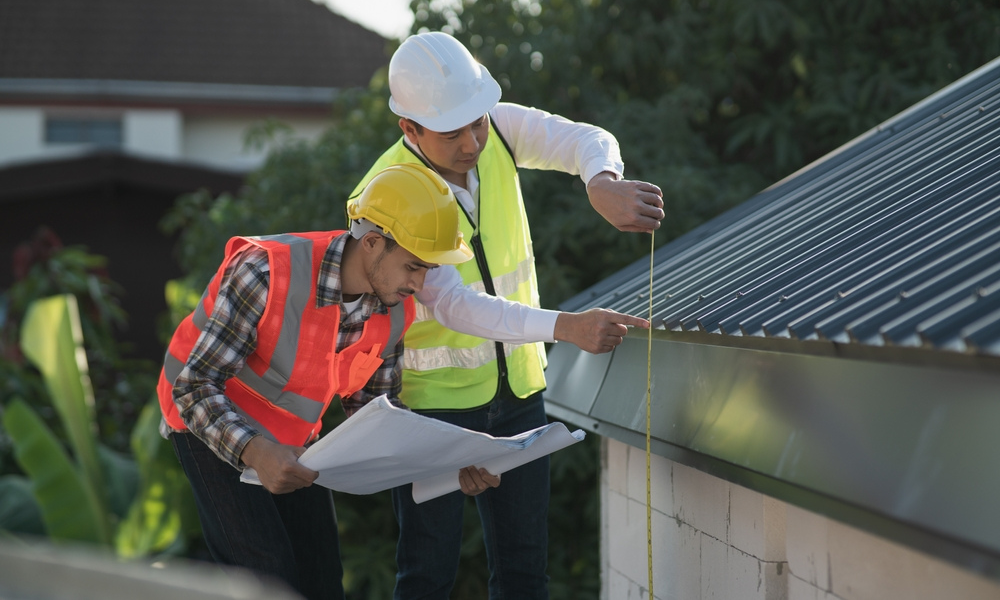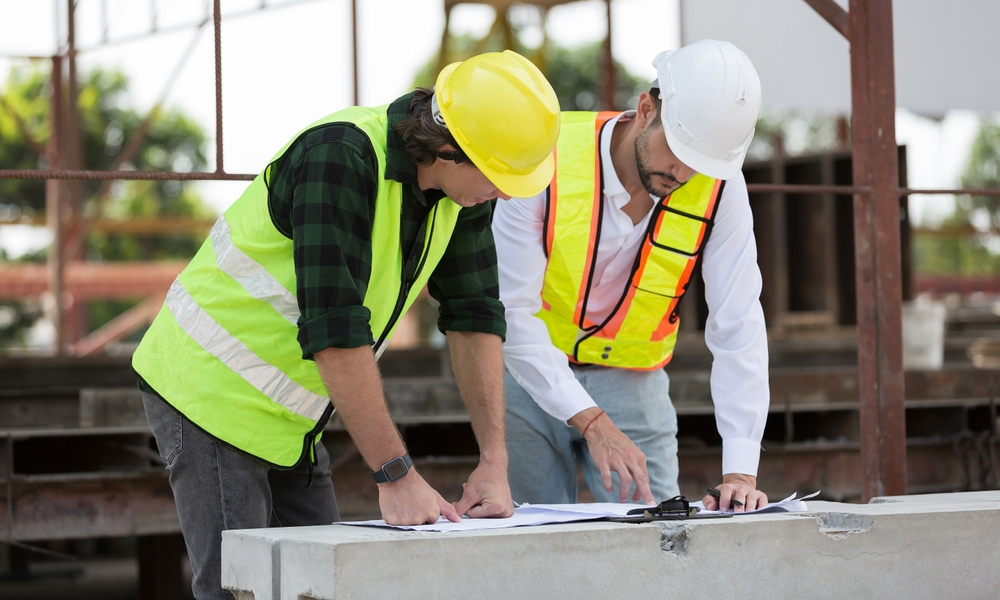Estimated reading time: 4 minutes
I’m Joseph Shaw, a structural engineering consultant who has spent years helping homeowners and business owners protect their investments through structural inspections. If you’re like most people, you probably don’t think much about your home or building’s structure until there’s a problem. But by then, it’s often too late to avoid costly repairs.
Today, I’ll explain why structural inspections are more than just a formality—they’re a smart, proactive way to safeguard your property. You’ll learn the basics, what inspectors look for, and why they’re worth every penny.
What You’ll Learn
Here’s a quick rundown of what we’ll cover:
- What a structural inspection involves.
- Signs your property might need one.
- The benefits of getting an inspection.
- What inspectors examine during the process.
- When to schedule an inspection.
Let’s get started!
1. What Is a Structural Inspection?
A structural inspection is a detailed evaluation of a building’s bones—its foundation, walls, roof, and load-bearing elements. Think of it like a check-up for your property’s health.
These inspections are typically conducted by licensed structural engineers (like me), who know how to identify potential issues and recommend solutions. Whether you own a cozy home or a sprawling commercial building, the goal is the same: to make sure it’s safe, sound, and up to code.
2. Signs Your Property Might Need a Structural Inspection

You don’t have to wait for a disaster to schedule an inspection. Here are some common red flags:
Cracks in Walls or Ceilings: These could mean your foundation is shifting or settling.
Doors or Windows That Stick: If they won’t close properly, your building might be moving in ways it shouldn’t.
Sagging or Uneven Floors: This could point to weakened supports or other underlying issues.
Visible Water Damage: Water is your structure’s worst enemy and can lead to major problems if ignored.
Unusual Noises: Excessive creaking or popping sounds might indicate stress within the structure.
If you’ve noticed any of these signs, it’s time to take action.
3. Why Structural Inspections Are a Smart Investment
You might wonder, “Is an inspection really worth it?” The answer is yes, and here’s why:
Prevent Costly Repairs: Catching issues early can save you thousands in repair bills.
Increase Property Value: A clean inspection report can make your property more attractive to buyers.
Ensure Safety: Above all, inspections help prevent accidents or structural failures that could put lives at risk.
Peace of Mind: Knowing your building is in good shape allows you to sleep a little easier at night.
4. What Do Inspectors Look For?

During an inspection, I’ll examine every inch of your property’s structure. Here’s a breakdown:
Foundation: Cracks, settling, or other signs of instability.
Load-Bearing Elements: Beams, walls, and columns are assessed for stress or damage.
Roof: Sagging, leaks, and overall stability.
Exterior: Walls, windows, and doors are checked for gaps, cracks, or misalignments.
Water Damage: Signs of moisture, mold, or leaks that could weaken the structure.
Interior: Ceilings, floors, and finishes are inspected for visible deterioration.
I also use tools like infrared cameras and moisture meters to detect hidden issues.
5. When Should You Schedule a Structural Inspection?
There’s no bad time for an inspection, but here are the best times to consider one:
Before Buying or Selling: A professional inspection gives buyers confidence and helps sellers address potential issues upfront.
After Extreme Weather: Storms, earthquakes, or floods can all damage your building’s structure.
Every 5–10 Years: Regular inspections help catch issues before they snowball.
If You Notice Problems: Don’t wait if you see cracks, sagging, or other warning signs.
6. What Happens After the Inspection?
Once the inspection is complete, you’ll receive a detailed report outlining any issues and recommendations for repairs.
The report will include:
Photos of problem areas.
Clear explanations of the issues found.
Prioritized repair recommendations.
This information empowers you to make informed decisions about your property.
7. Why Proactive Inspections Pay Off
Let me put it this way: ignoring structural problems is like ignoring a toothache. Sure, it might go away for a while, but when it comes back, it’ll be much worse.
Proactive inspections:
Protect your investment.
Reduce long-term costs.
Keep your property safe for everyone inside.
Conclusion
Structural inspections aren’t just for when something goes wrong—they’re a smart investment in the longevity and safety of your property. By spotting issues early, you can save money, avoid headaches, and protect your biggest asset.
If you’ve been putting off an inspection, now’s the time to act. Schedule one today, and rest easy knowing your home or building is in great shape.



